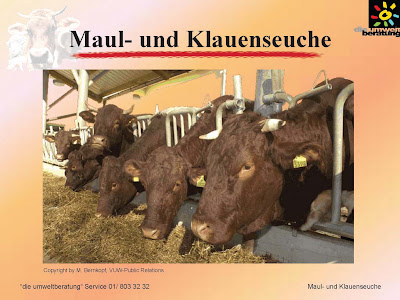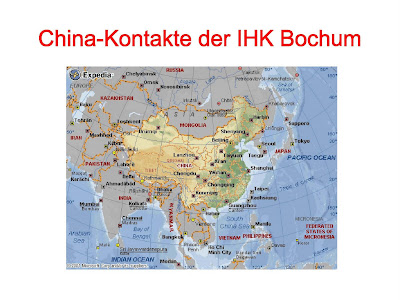Saudi Arabia: Historic Cities
along the Red Sea Coast
along the Red Sea Coast
Saudi Arabia is probably one of the most difficult countries world-wide to visit as a tourist. However, those lucky enough to do business in the Kingdom can get a fascinating glimpse of hidden cultural highlights such as the Historic Cities along the Red Sea.
For centuries, Saudi Arabia’s Red Sea Coast has been the gateway to the Holy Islamic Cities of Makkah and Madinah. The Suez Canal further boosted trade and led to the flourishing of ports and coastal settlements. The coastal towns became a melting pot for cultures and a meeting point for international merchants.
Growing prosperity led to the construction of mansions, caravanserais and mosques within walled cities. Constructed of coral limestone and lavishly decorated with wooden facades, houses stood up to five storeys high, catching the cooling sea breeze.
The increasing economic wealth caused by the oil boom of the 1970s motivated especially young families to move to other parts of town. The old constructions with their adobe plaster did not fulfil the requirements of modern life anymore. They were traded in for solid buildings with air condition that did not need repair after every rainfall. Left in abandonment, the historic centres became subject to decay and collapse.
Just recently, the Kingdom is starting to become aware of these amazing treasure chests as a testimonial of history and culture, and the authorities are initiating renovation and revitalization programmes for these unique examples of Red Sea Coast architecture.
The historic centre of Jeddah stands out as the most famous of those traditional urban developments in Saudi Arabia. Dating back over two centuries as a prosperous merchant and trading town, the old city enshrines an inimitable array of streets and houses with a pace and an atmosphere of its own. While the afternoons still buzz with busy negotiations in the spice souq, other times convey some of the lost splendour of bygone times.
Over 200 buildings have been renovated to date, but many more are crumbling under the age of time. A leisurely stroll along the winding alleys reveals unforgettable views of outstanding architecture, with towering buildings and protruding wooden balconies.
Going north along the coast of Saudi Arabia, some even more abandoned albeit beautiful historic treasures can be discovered by interested visitors. The old town of Yanbu Al-Bahr, now cut off from the sea by a modern port development, consists of approximately 50 town houses in various states of preservation.
Stepping over crumbling buildings, looking inside long-abandoned stables and hearing the squeaking noises of wooden window shutters, one is taken back several decades into the past. Amazingly beautiful carvings and ornaments allow a short glimpse into the richness of Saudi heritage, which is slowly being recognized as a potential asset for future tourism development.
In Umluj, little of the glorious past as a local fishing harbour remains today. But the setting itself is outstanding: a half-moon shaped bay is bordered by low-level buildings, boasting a multi-coloured array of fishing boats gently rolling in the afternoon breeze. No major attraction yet, Umluj certainly has a great future potential for a charming seaside location.
Finally, some 700 km north of Jeddah, lies Al-Wajh. In 1917, it was captured by T.E. Lawrence, thus marking the beginning of the successful Arab campaign against the Ottomans. Part of the abandoned old quarter is situated on a cliff, overlooking the bay with its harbour facilities. Untypical for old urban developments in the Arab World, Al Wajh’s historic centre is doted with rather wide streets, opening on to pleasantly bordered plazas.
While quite a number of houses still exist, the state of most of them can be called critical. Yet, some of the insides reveal beautiful room arrangements in line with the social rules of those times: the floor level was reserved for the men and visitors, while the women’s quarter with the kitchen was located above.
Despite – or maybe because of – the lack of attention in recent years, the Historic Cities along the Red Sea Coast come as one of the intense visitor’s experiences of Saudi culture. Some of the architectural features in the old towns of Jeddah, Yanbu Al-Bahr, Umluj or Al-Wajh are simply unique and cannot be found anywhere else.
By recognizing the heritage value, the Kingdom of Saudi Arabia is doing an important step forward to preserve those areas for future generations, turning them into an authentic attraction for national and foreign tourists alike.
Andreas Hauser


















